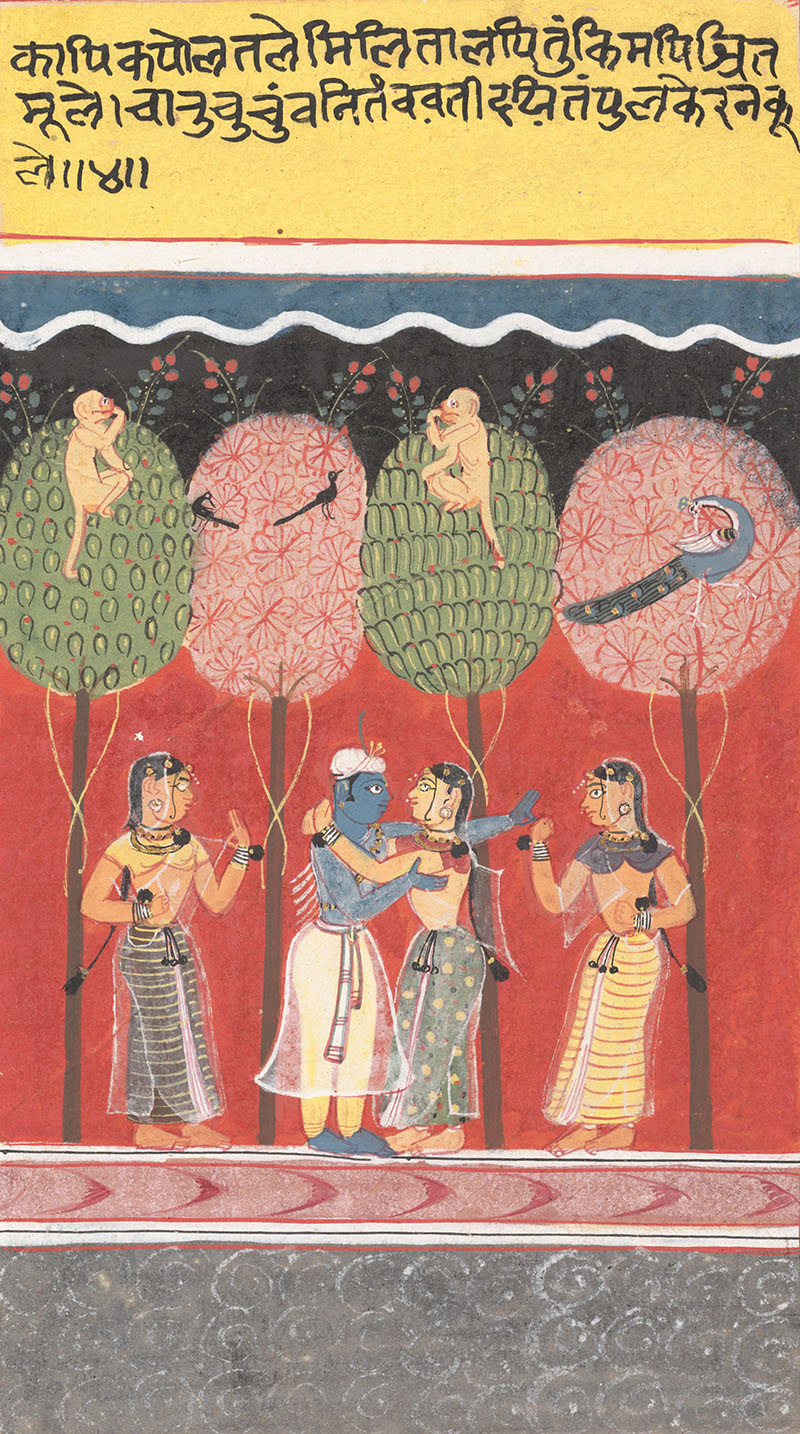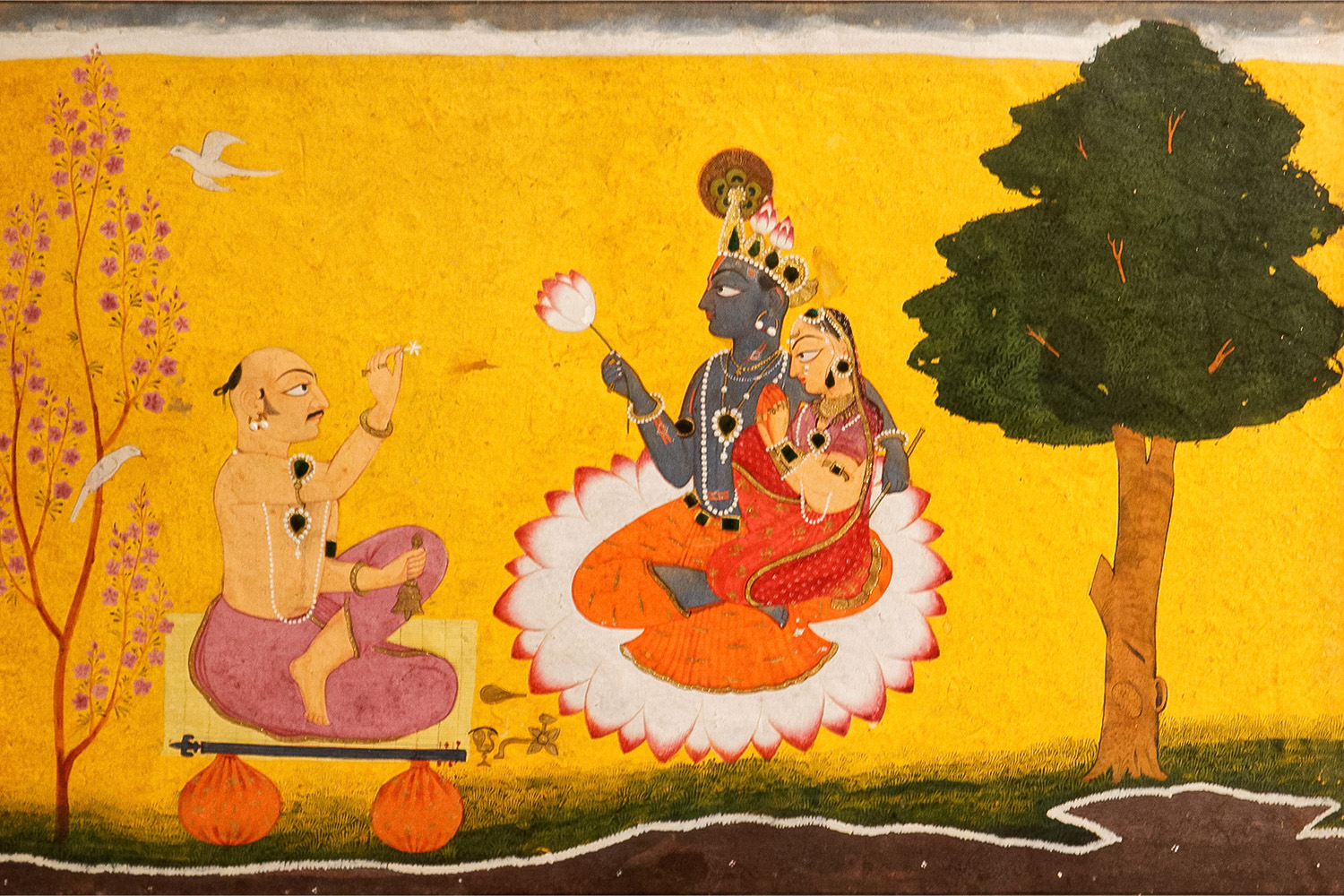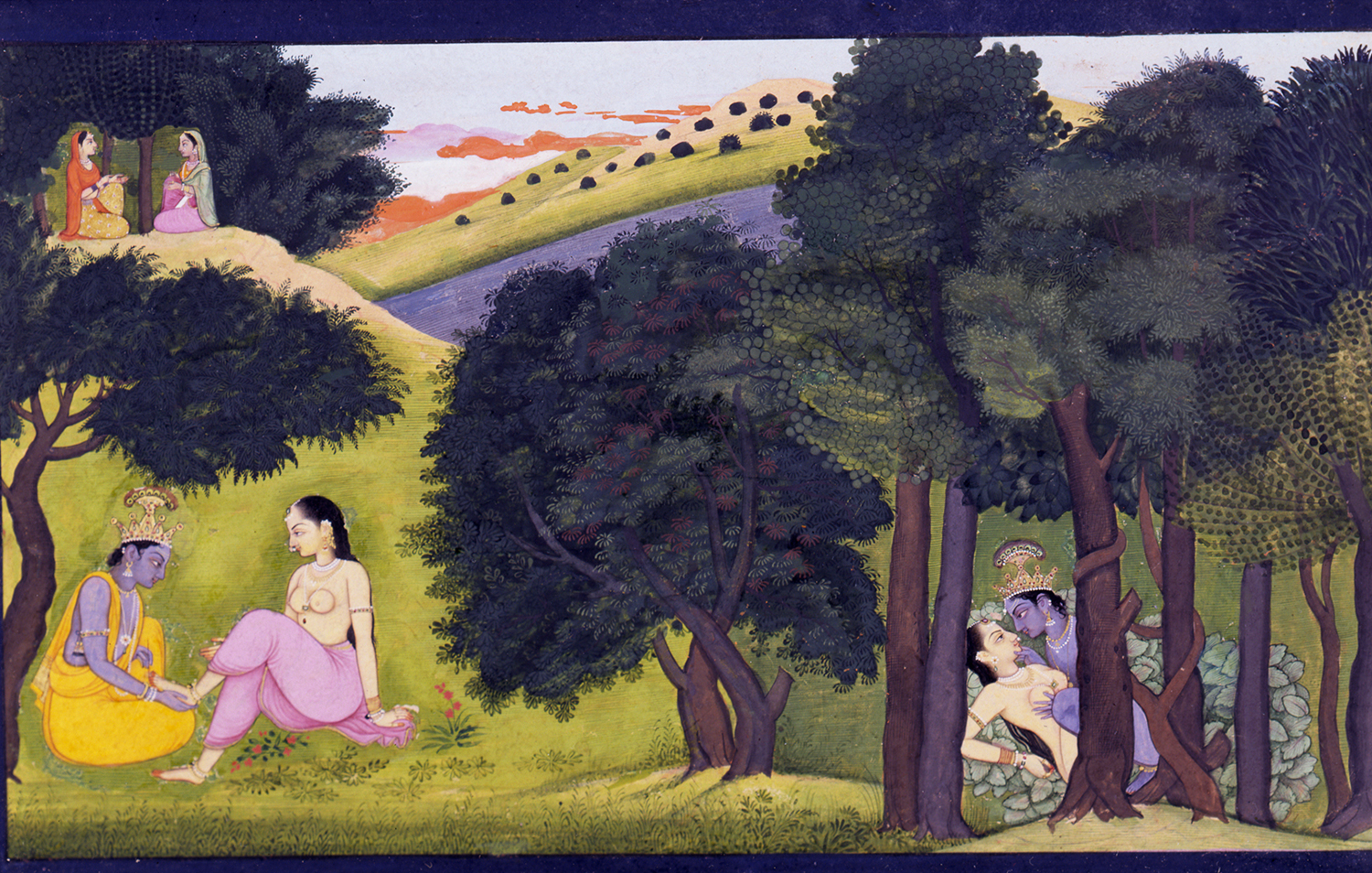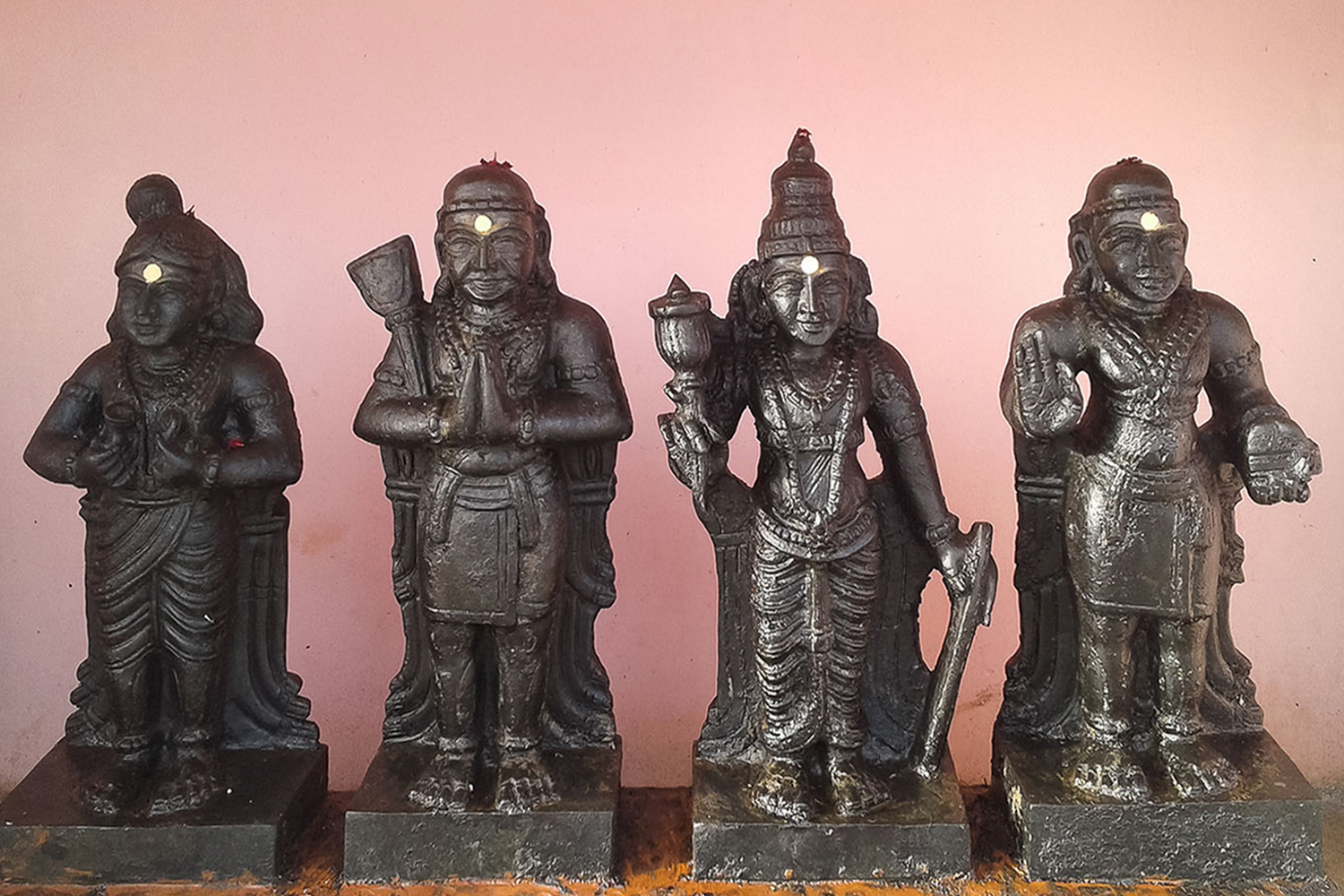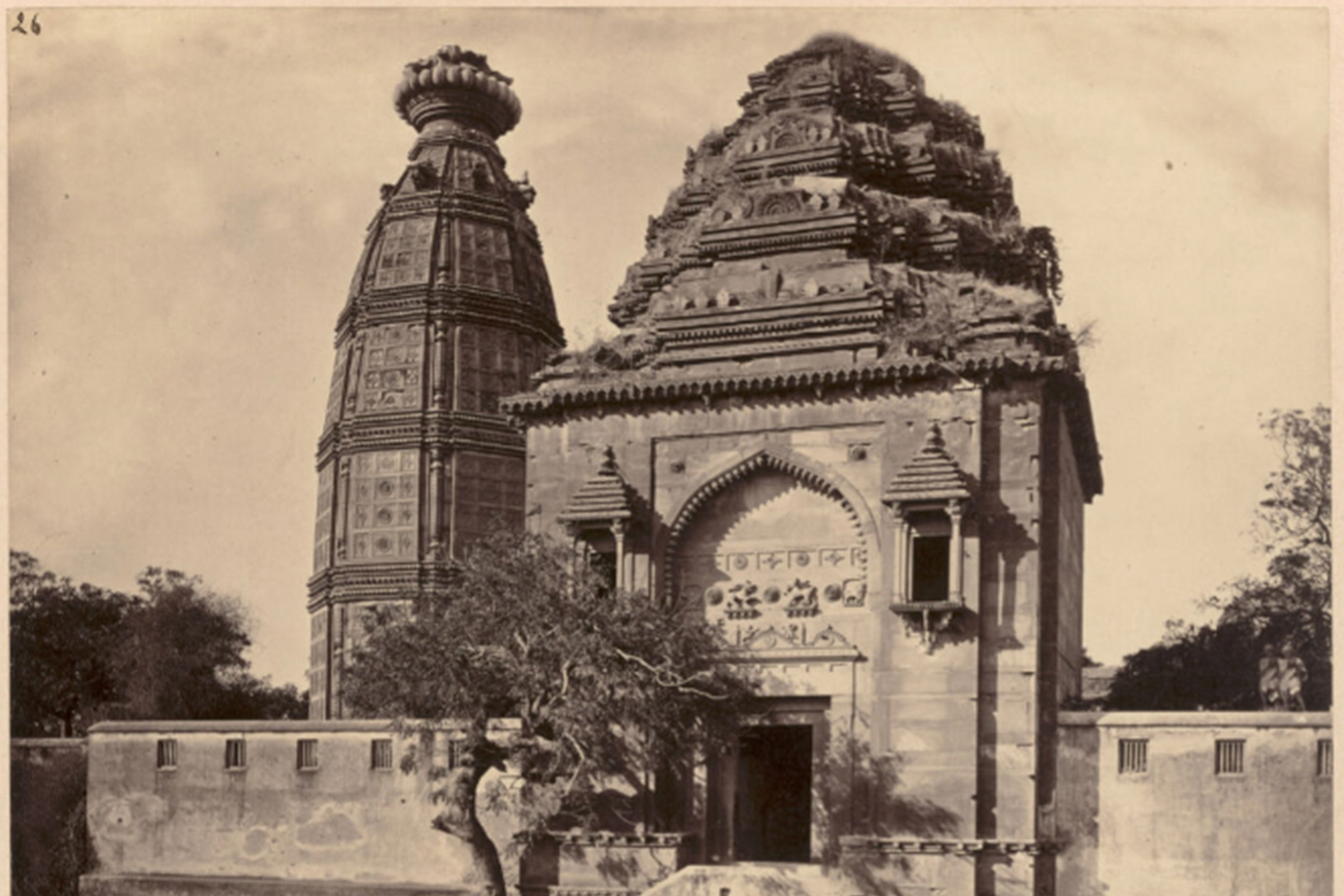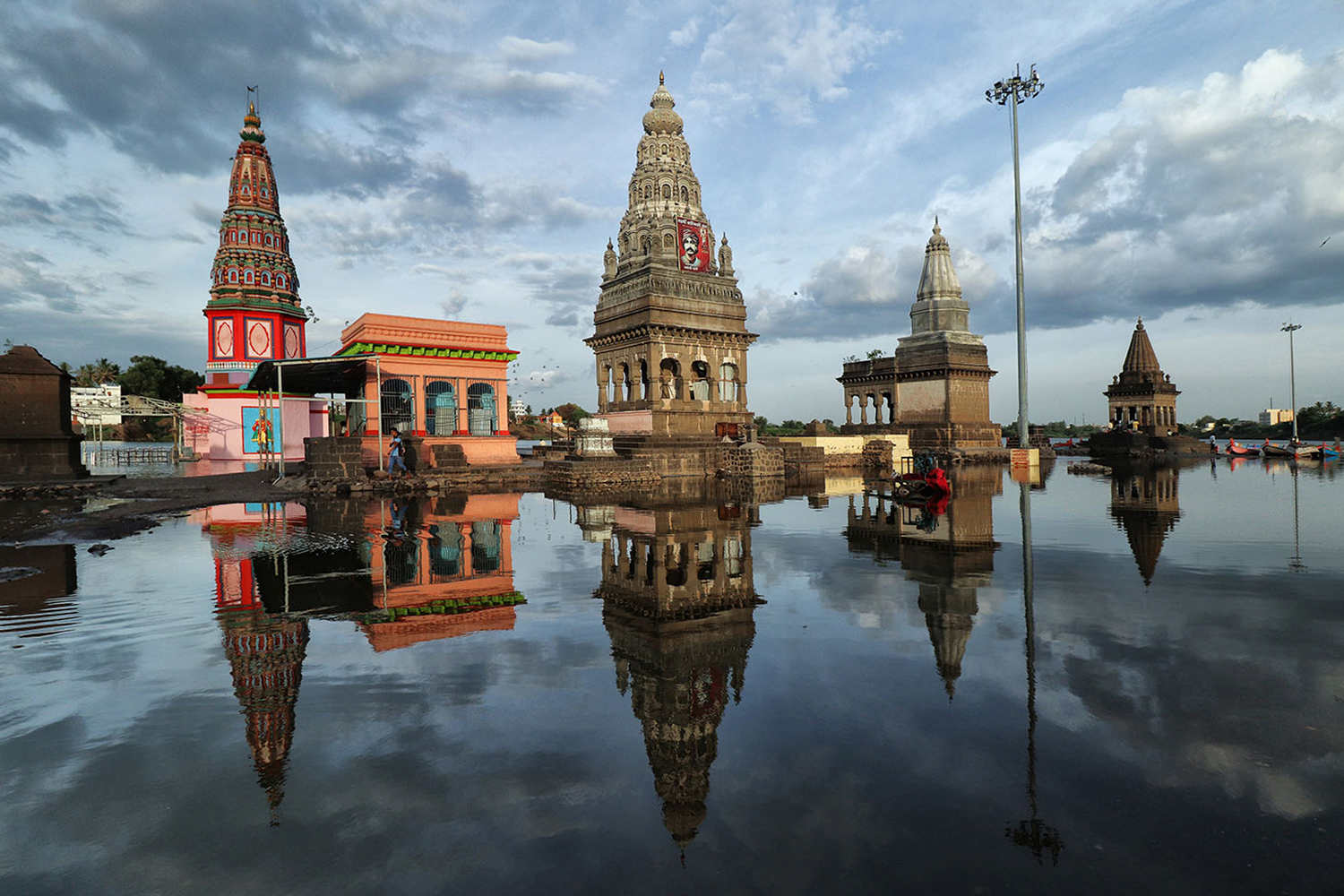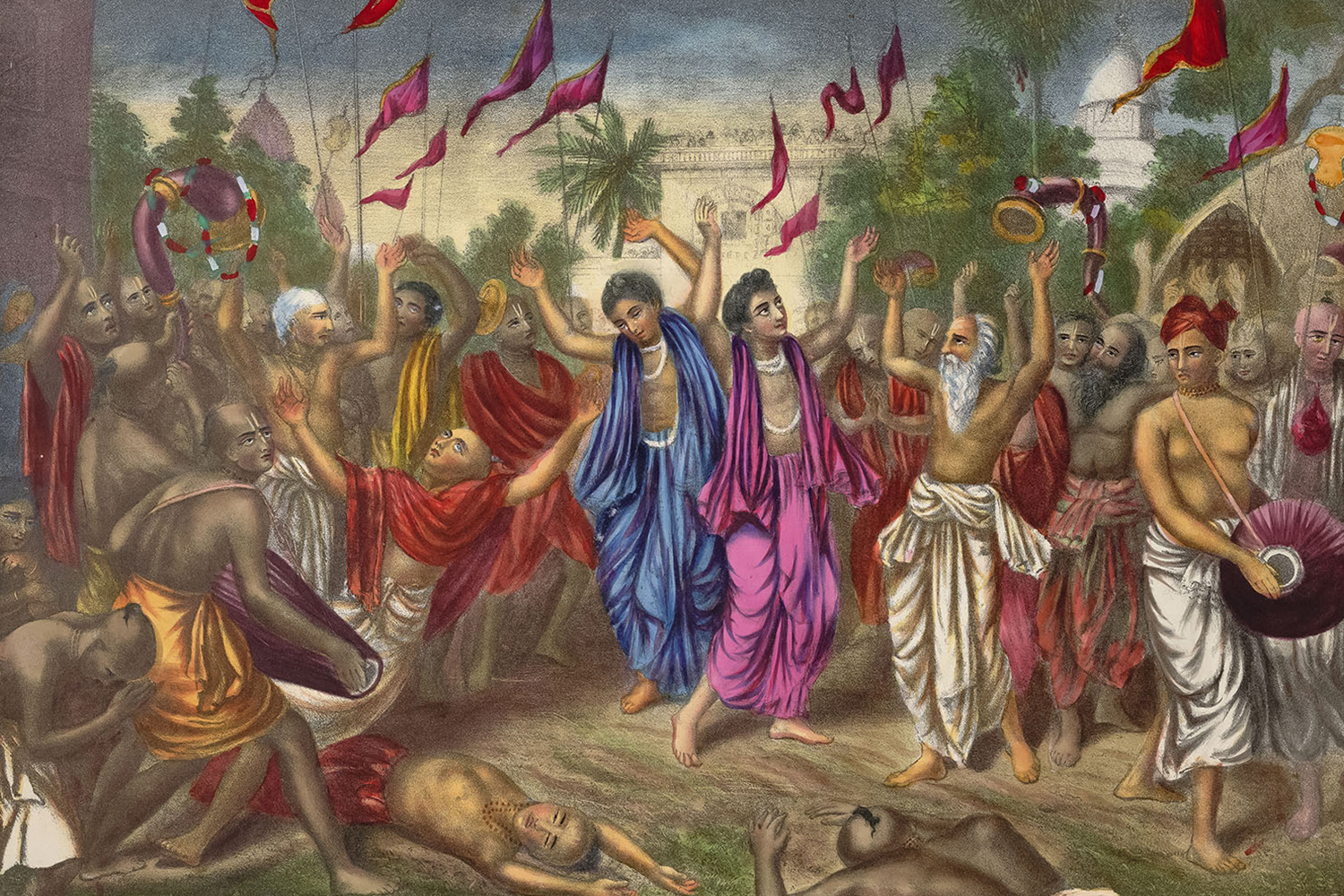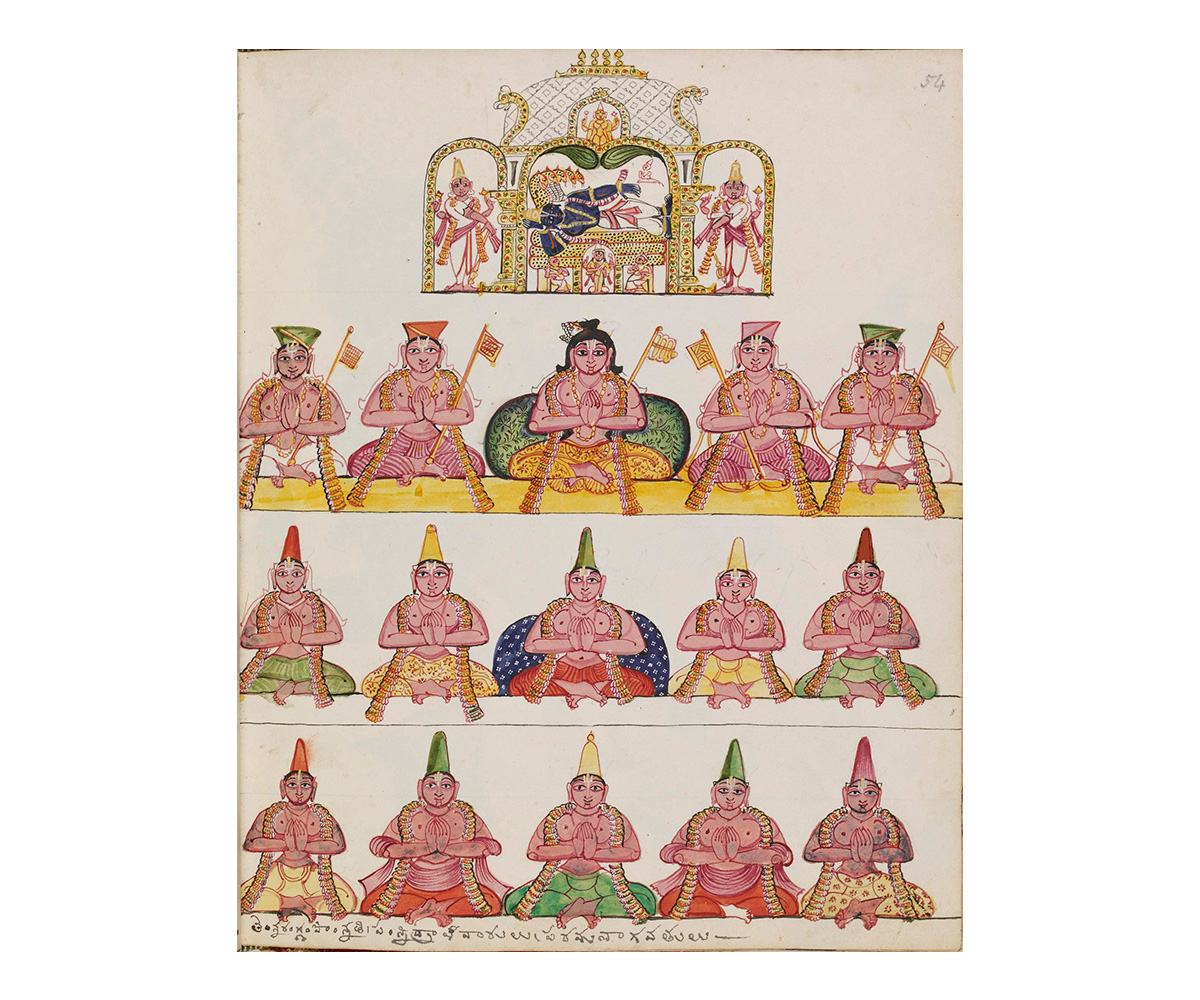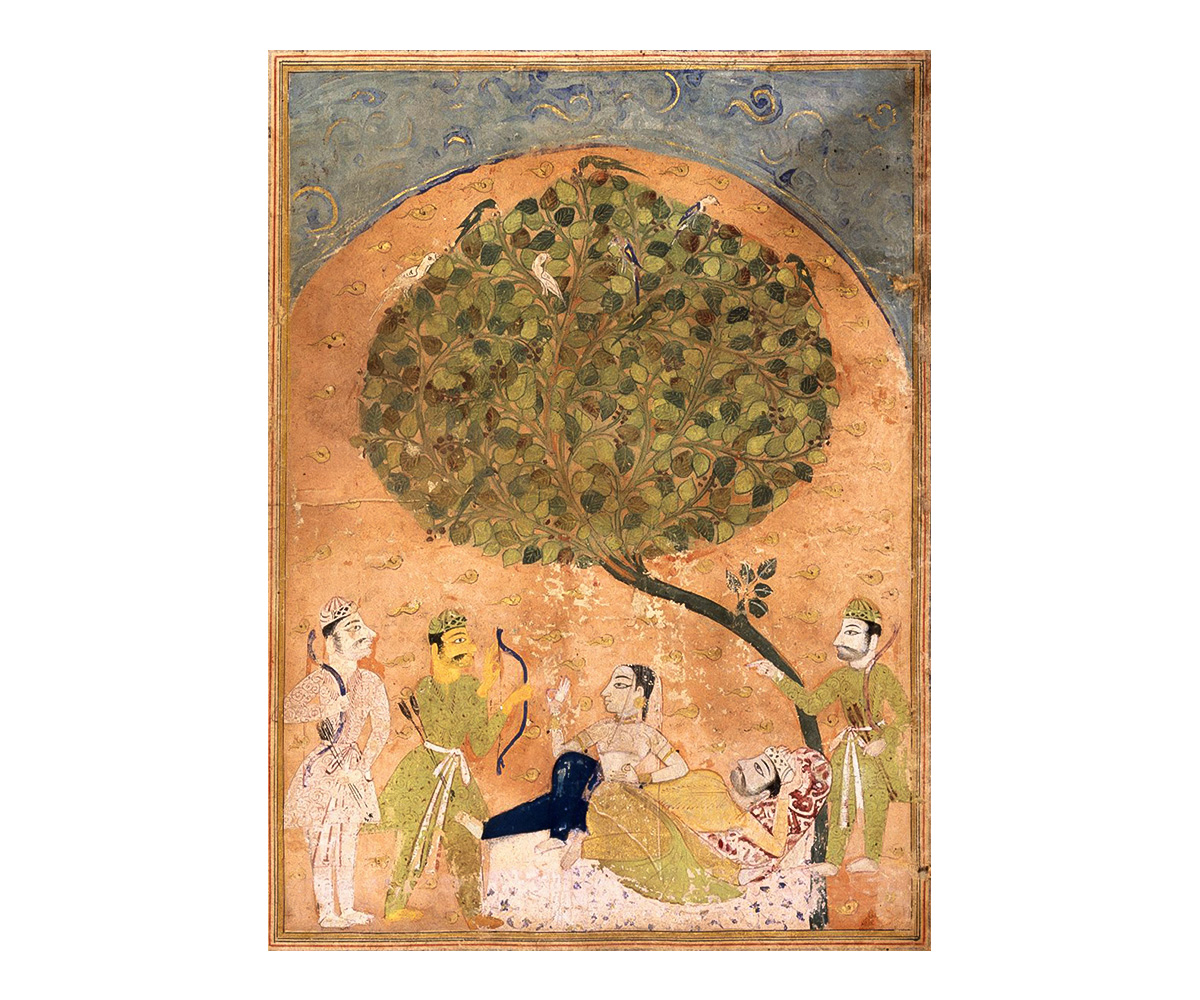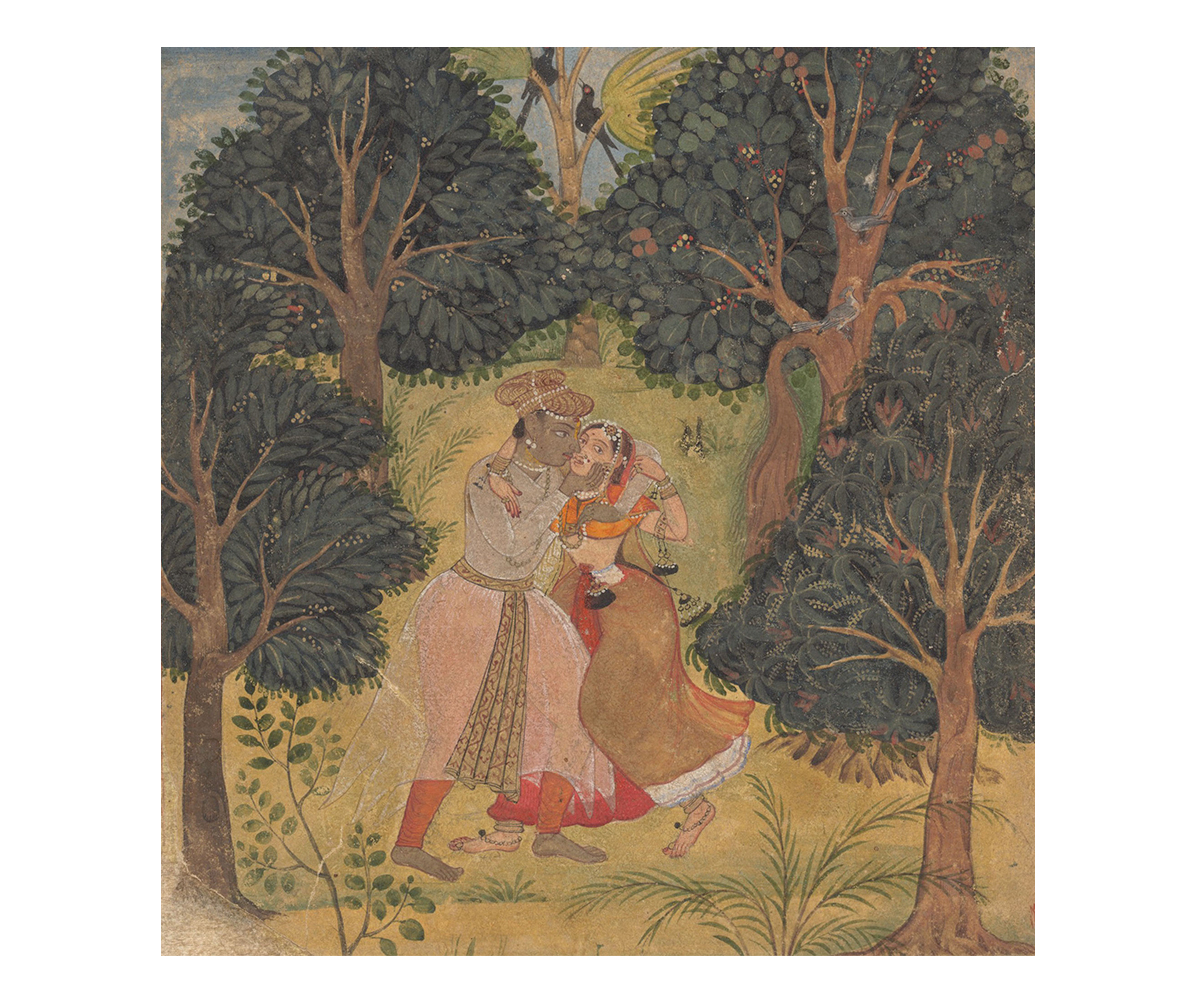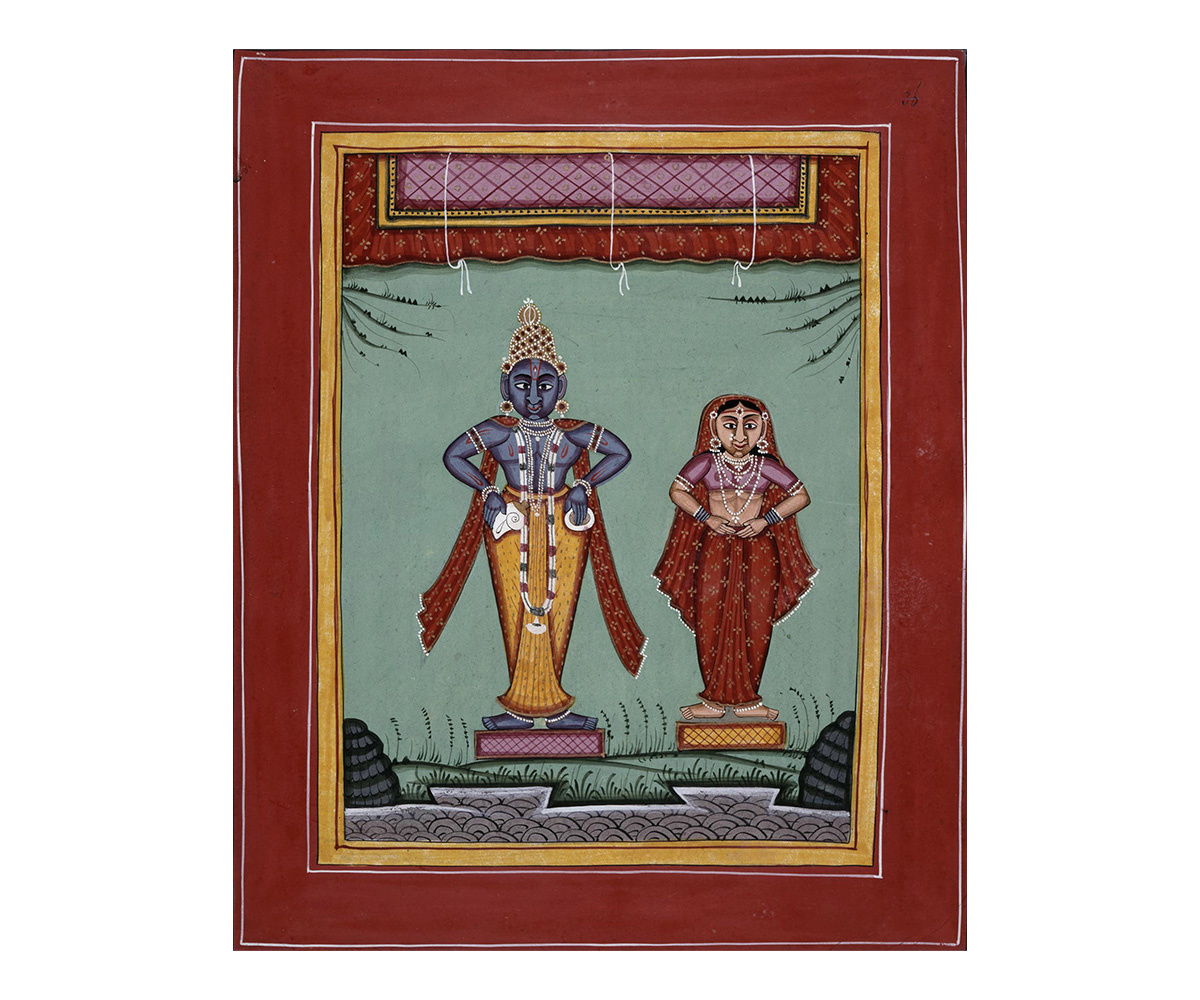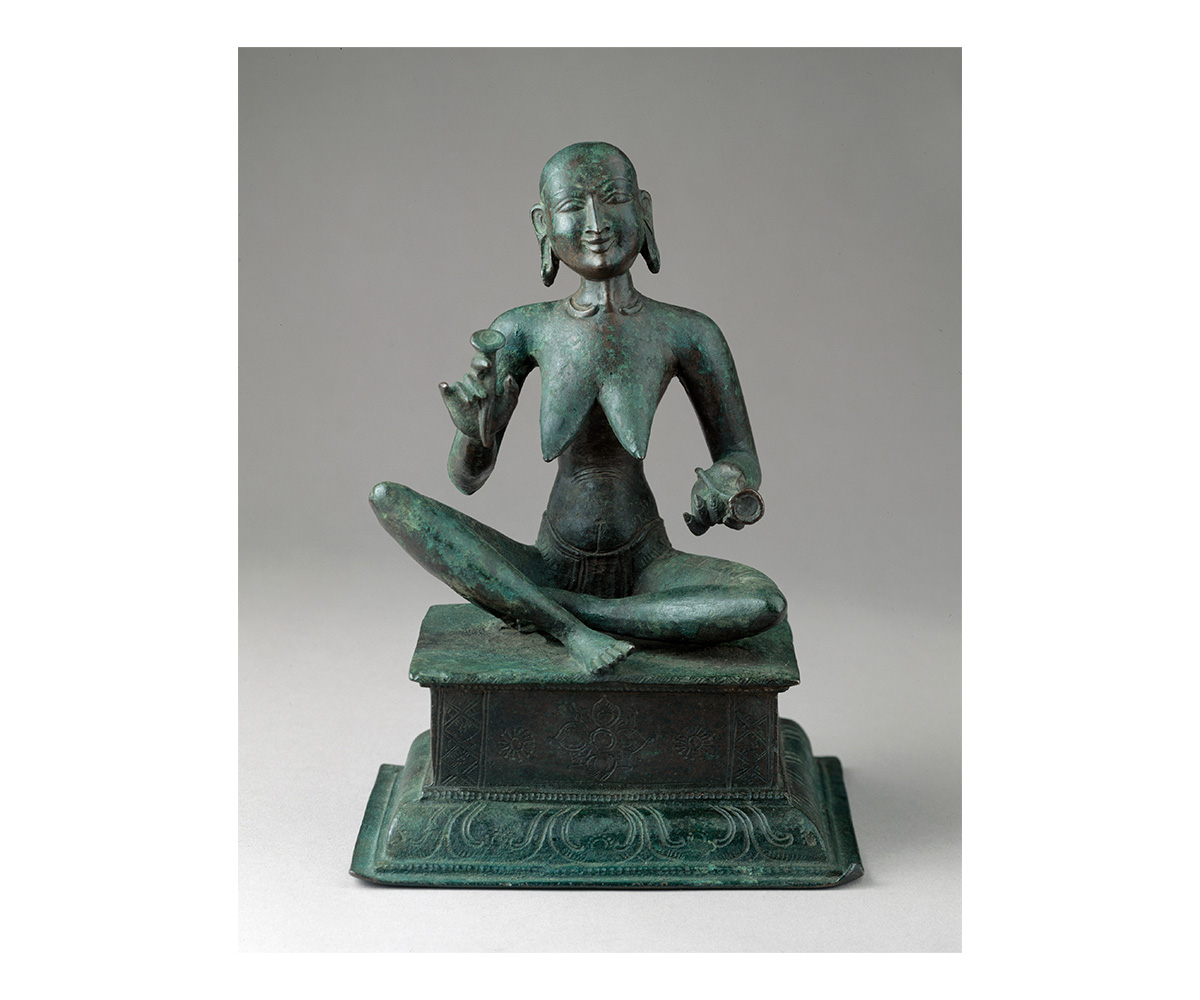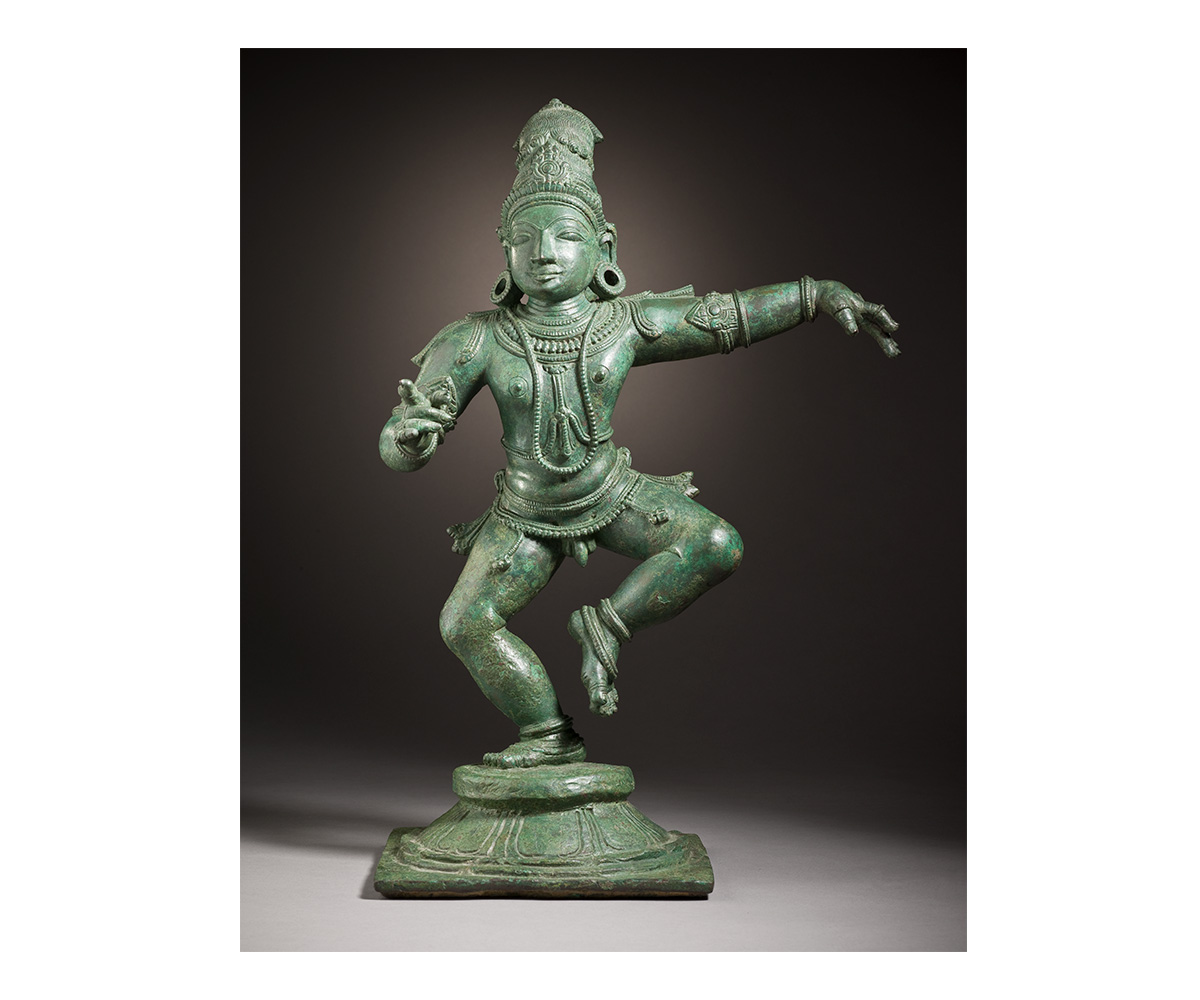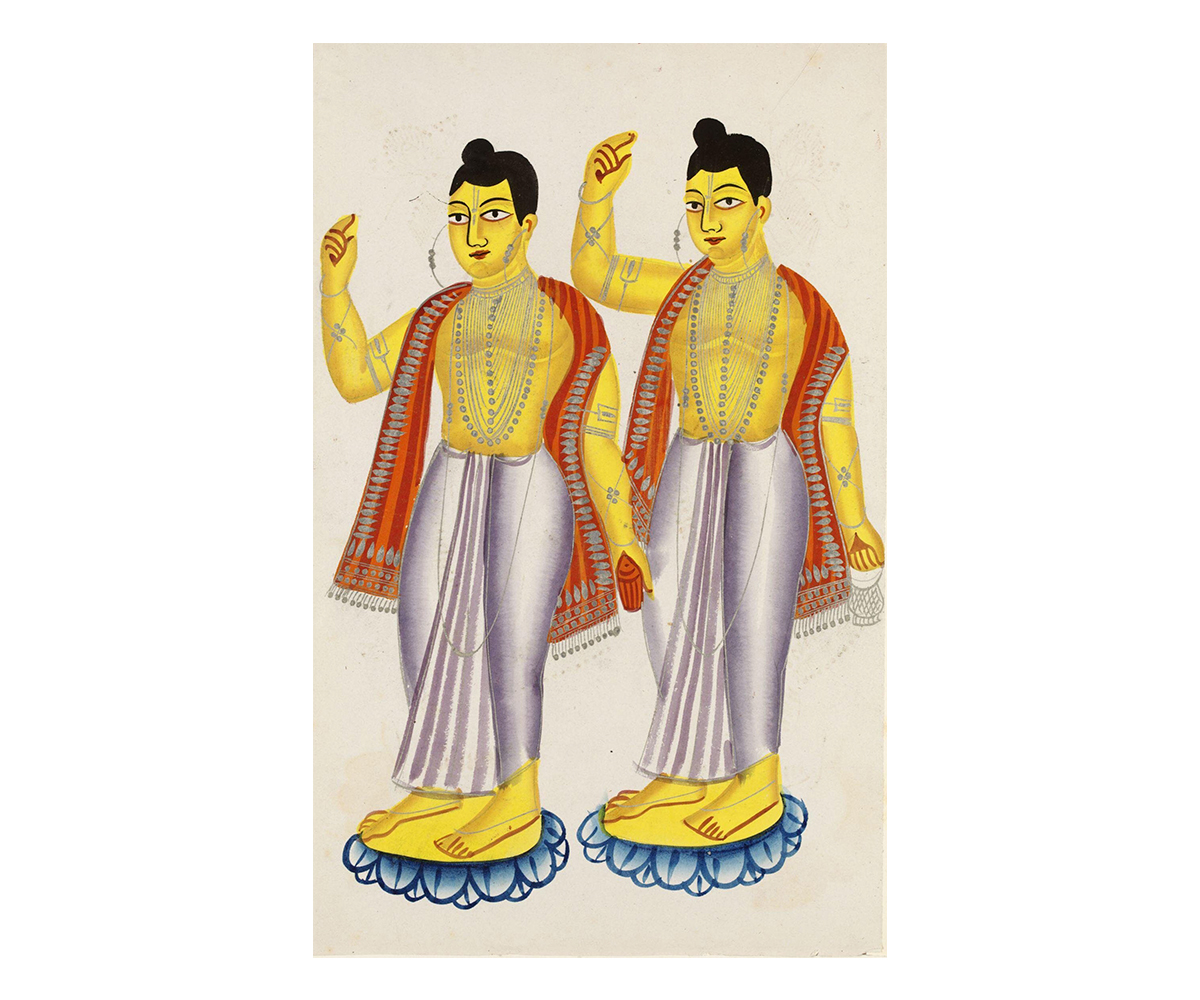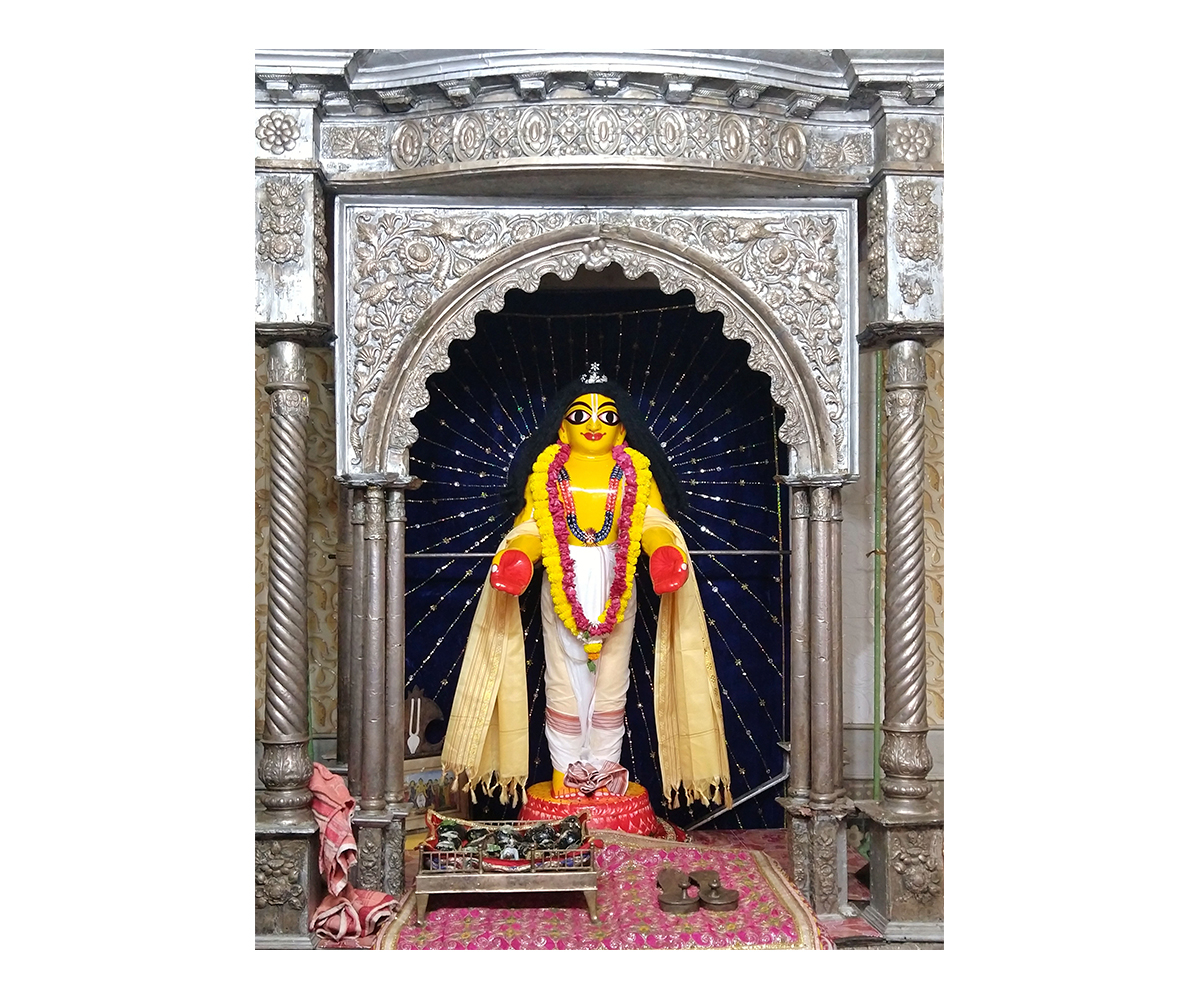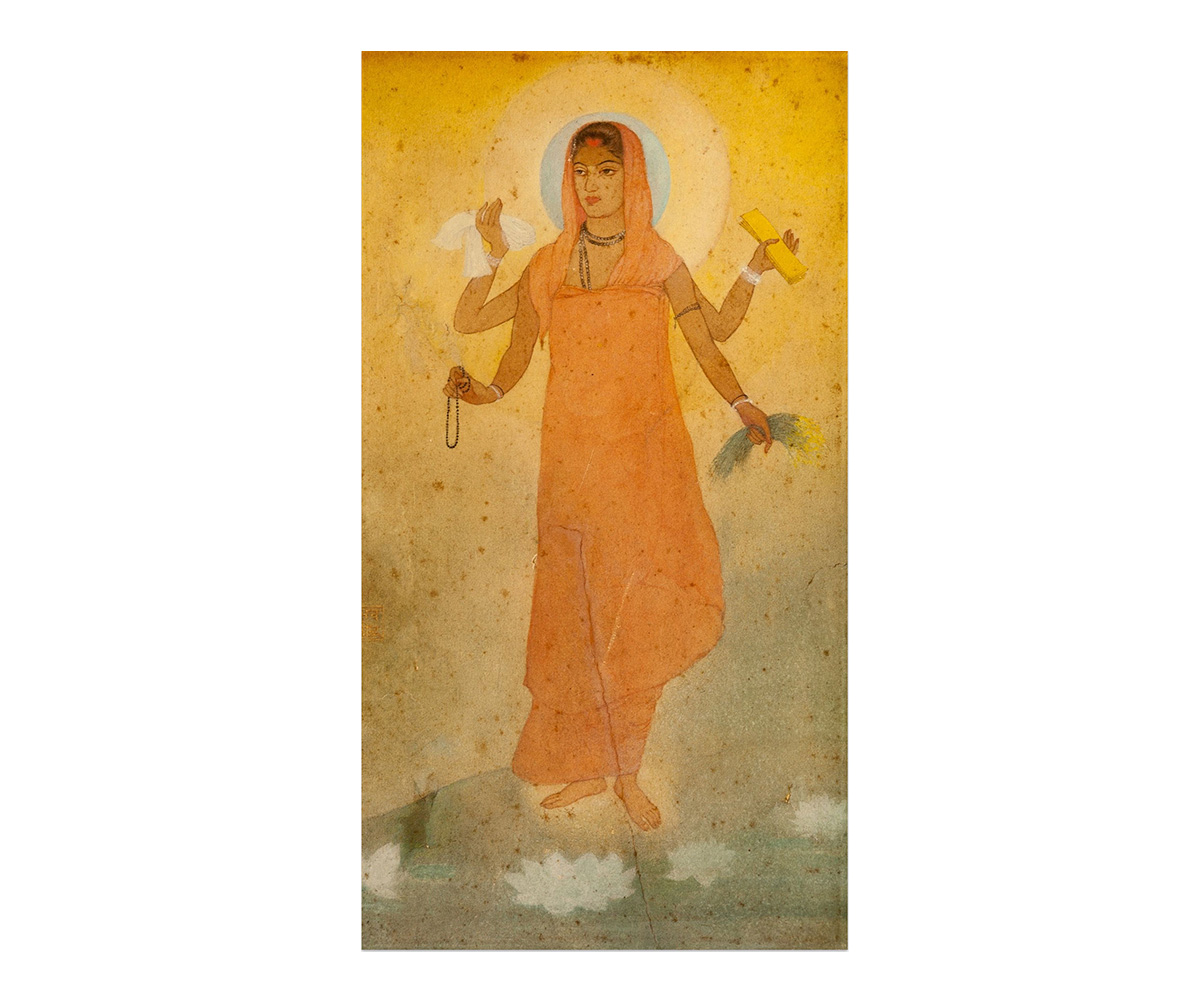ARTICLE
Bhakti Movement
The essential framework of bhakti and its principles were also more generally applied to texts such as Maulana Daud’s fourteenth-century Chandayana based on the romantic courtship of Laurak and Chanda. Stories such as the Chandayana represented a synthesis of the philosophical motivations of the bhakti as well as sufi movements. Chandayana and other such parables, as well as poetic texts such as Gita Govinda and Rasika Priya have been reproduced in a large variety of illustrated manuscripts rendered in local artistic styles, including Mughal, Deccani, Pahari and Rajput schools. Scholars have noted the conscious merging of the figures of connoisseur/hero and Krishna, both denoted by the term ‘rasik’. This intentional ambiguity was also reflected in illustrations of the Rasika Priya where, it has been noted, the image of the nayaka was based on the image of Krishna. Occasionally, versions of the Gita Govinda have included portraits of the patron and their family that depict them in devotional postures, as bhakts, in scenes of Krishna’s play.
Regions that were intimately associated with a particular deity such as Vrindavan with Krishna, or Pandharpur with Vithoba, as well as regions where networks of bhakti saints were active at various points of time, such as Bengal, became centres of architectural patronage where benefactors channelled resources for the establishment and maintenance of devotional structures in acts that were considered an expression of their bhakti.
It is not simply the godhead that became the object of worship, but also the devotees that found fame for their selfless devotion. This veneration is particularly distinct in the memorialisation and commemoration of saints and poets closely associated with the bhakti movement after their death. The sixty-three Shaiva Nayanars and the twelve Vaishnava Alvars of the Tamil tradition were thought to have renounced their corporeal form at the end of their lives. This end was memorialised in the form of large monumental temples associated with the date of the saint’s corporeal death. Elsewhere, particularly in the context of the Varkari tradition active in present-day Maharashtra, the worship and commemoration of the poet-saints has been absorbed in the popular religion of the region that is centred not only around the worship of the deity Vithoba, but also the veneration of saints at their samadhis. This commemorative veneration is also translated in visual form with the rendering of iconicised images of prominent ‘bhakts’. Therefore, worship was similarly attributed to the sculpted images of saints such as Karaikkal Ammaiyar, Sambandar, and the memorial ‘portraits’ of other saints that were enshrined in their samadhis.
A modern manifestation of bhakti may be identified in the nationalist movement that developed in the nineteenth century that promulgated a culturally-informed deshbhakti as a response to colonialism in South Asia. The movement promoted a pan-Indian identity represented by the deified maternal figure of Bharat Mata. Acts of bhakti were thus enframed as acts committed in service of the new deity — the nation. Visually, the figure of Bharat Mata was shown to populate the expanse of South Asia within a proto-nationalist definition of borders. Additionally, figures identified as idealogues of the nationalist movement were identified as ‘bhakts’ that were willing to make sacrifices for the motherland, and were represented as such, in venerative postures.
Bibliography
Ahuja, Naman P. The Body in Indian Art and Thought. Edited by Belinder Dhanoa. Brussels/Antwerp: Europalia International/Ludion, 2013.
Dasgupta, Surendranath. A History of Indian Philosophy. Vol. 2. Cambridge: Cambridge University Press, 1922.
Dehejia, Vidya. The Body Adorned: Dissolving Boundaries Between Sacred and Profane in India’s Art. Ahmedabad: Mapin Publications, 2009.
Elgood, Heather. Hinduism and the Religious Arts. Religion and the Arts. London: Cassell, 1999.
Flood, Gavin. An Introduction to Hinduism. Cambridge: Cambridge University Press, 1996.
Hawley, John Stratton. A Storm of Songs: India and the Idea of the Bhakti Movement. Cambridge, Massachusetts: Harvard University Press, 2015.
Mitter, Partha. Indian Art. Oxford History of Art. Oxford: Oxford University Press, 2001.
Sarkar, Tanika. Hindu Wife, Hindu Nation: Community, Religion, and Cultural Nationalism. New Delhi: Permanent Black, 2001.




